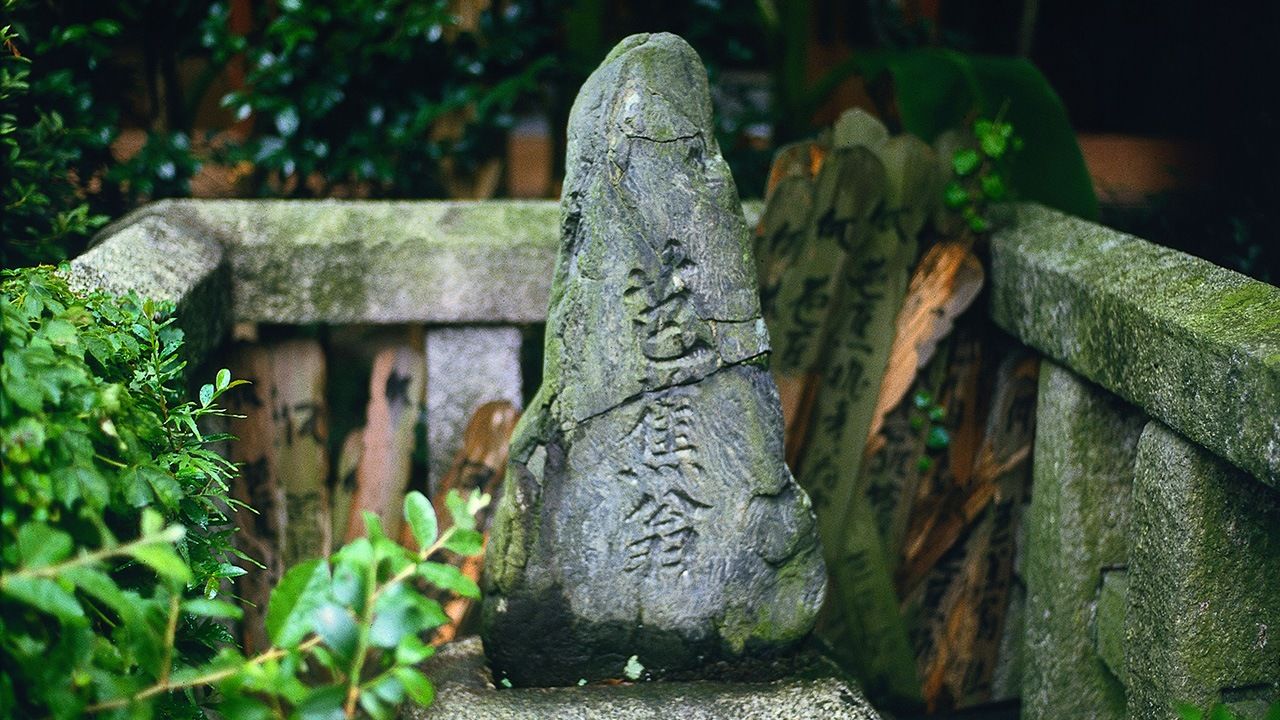
A Journey Through Japanese Haiku
Remembering Bashō on a Sleepy Spring Morning
Culture Environment Lifestyle- English
- 日本語
- 简体字
- 繁體字
- Français
- Español
- العربية
- Русский
春雨やぬけ出た侭の夜着の穴 丈草
Harusame ya / nukedeta mama no / yogi no ana
Spring rain—
hollow in the bedclothes
after slipping out(Poem by Jōsō, written in 1695.)
Jōsō was a disciple of Matsuo Bashō when the haiku master was in his later years. He was born to a samurai family near Inuyama Castle in what is now western Aichi Prefecture, and took the tonsure in his twenties shortly before becoming a follower of Bashō. He was in his early thirties when Bashō died, and established a hermitage called Butsugen’an near the temple of Gichūji in modern-day Shiga Prefecture, where Bashō’s grave can be found. Jōsō spent three years at the hermitage in mourning.
The above haiku was included in a book Jōsō sent the year after Bashō’s death to a friend in his master’s hometown of Iga (in what is now Mie Prefecture). He wrote, “I wanted to visit the home where Bashō-sensei was raised, but I have a poor constitution and I am lazy, so in the end I did not go there this spring.”
One seems to see this laziness in the poem’s “hollow in the bedclothes.” After waking and emerging from the bedclothes, the poet notices that an indentation in the shape of his body remains. Then, he looks out of the window to the mild surprise of a spring rain.
As a kigo or season word, “spring rain” conveys a fine, gentle precipitation that comes with warmer days. Perhaps its quiet presence heightened Jōsō’s sense of the sluggish nature of the season. One can also read a feeling of despondency in the “hollow,” which acts as a reminder of Bashō’s absence.
(Originally published in Japanese. Banner photo: Bashō’s grave at Gichūji, Shiga Prefecture. Courtesy Biwako Ōtsu Tourism Association.)
literature haiku Matsuo Bashō Japanese language and literature